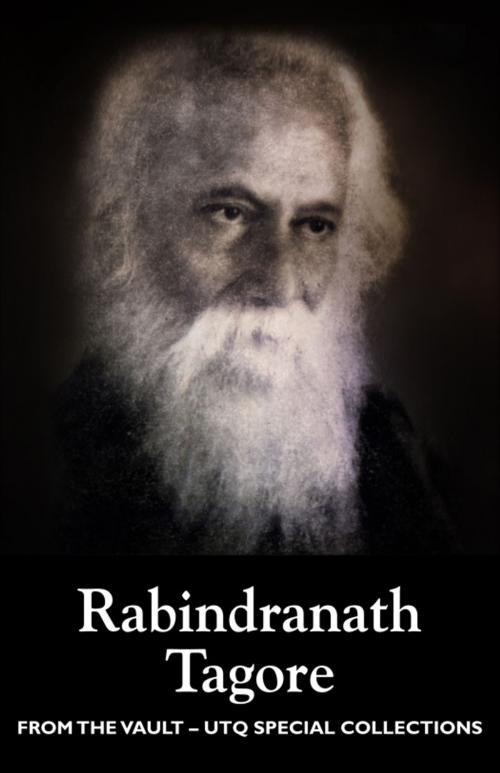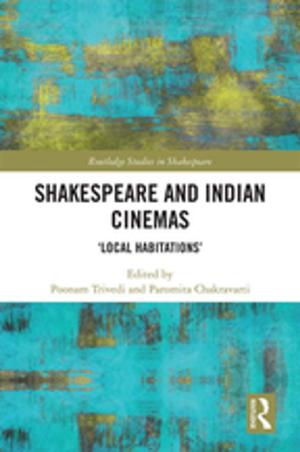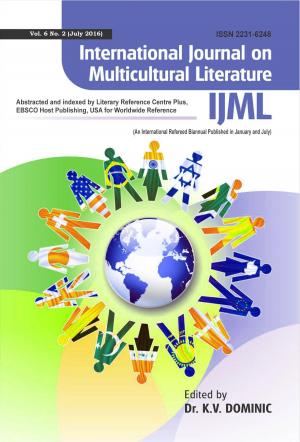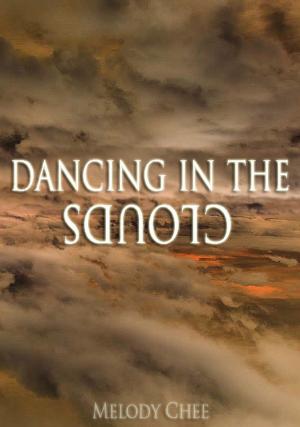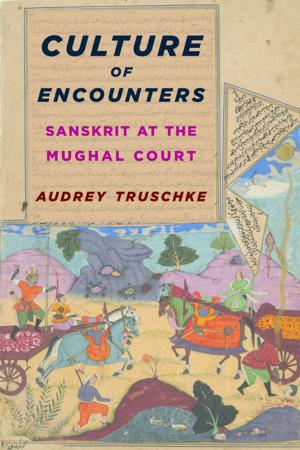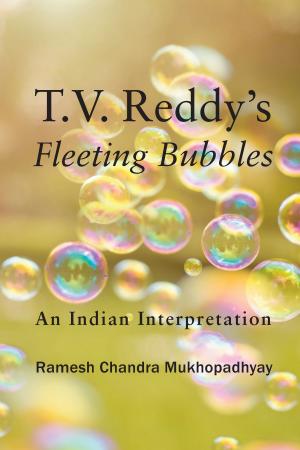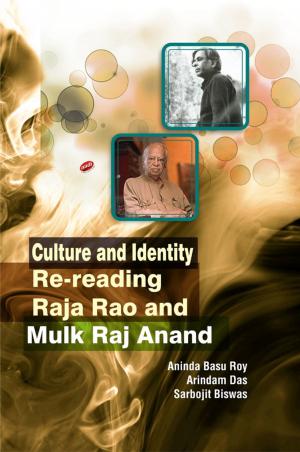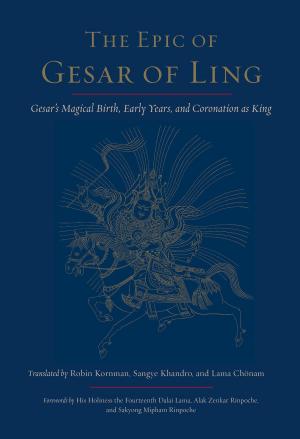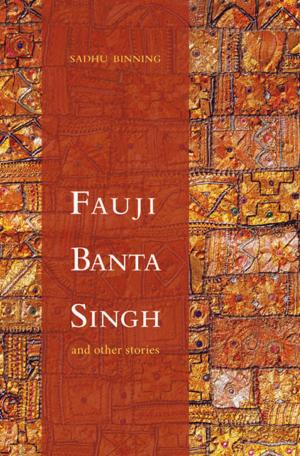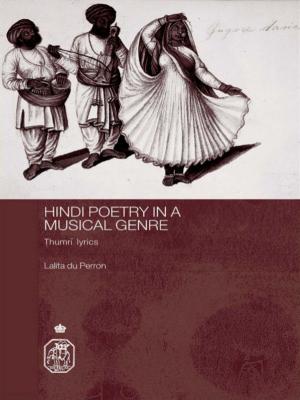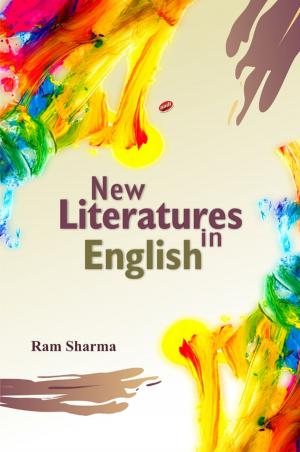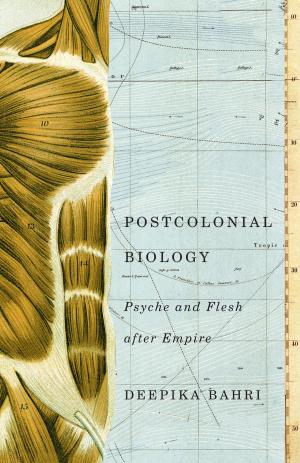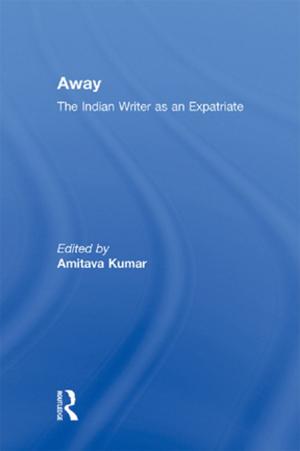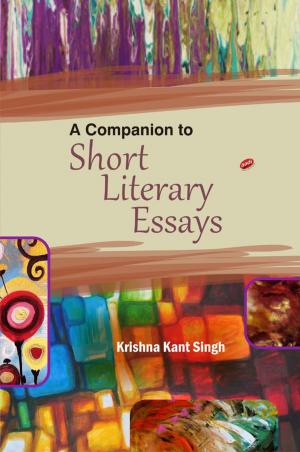Rabindranath Tagore: Facets of a Cultural Icon (From the Vault: UTQ Special Collections)
Fiction & Literature, Literary Theory & Criticism, Asian, South & Southeast Asian| Author: | ISBN: | 9781442667839 | |
| Publisher: | University of Toronto Press, Journals Division | Publication: | October 1, 2008 |
| Imprint: | Language: | English |
| Author: | |
| ISBN: | 9781442667839 |
| Publisher: | University of Toronto Press, Journals Division |
| Publication: | October 1, 2008 |
| Imprint: | |
| Language: | English |
Rabindranath Tagore, the first Asian Nobel Laureate (in 1913 for literature) can well be deemed a ‘cultural icon’; he embodied and articulated an integrated conception of human culture through his charismatic personality and manifold creative works. Tagore’s vision of human life stems from the cultural soil of his native Bengal, yet it opens onto and embraces humanity as a whole, each portion of which remains rooted in its own native, cultural soil. Those who find a dynamic view of not only the realities of human life but also how it might be yet more authentically human converging in Tagore’s work have reason to hope that his philosophies may become both known and appreciated on a global scale.To that end, this special collection, edited by Kathleen and Joseph O'Connell, presents eleven essays by authorities on several aspects of Tagore's immense oeuvre and impact. The contributors provide guidance to those who would either discover or reclaim Tagore, creative and humane cultural icon that he was and remains, in as authentic and faithful a way as possible, neither confining him in a stultifying orthodoxy of interpretation, which he would abhor, nor allowing substandard or tendentious misrepresentations of him and his work to go unchallenged.Each author draws upon his or her particular expertise to refract and illuminate significant sectors of Tagore’s remarkably complex and productive life. Among the contributors is the poet’s grandnephew, Saranindranath Tagore, who provides a philosophical exposition and defence of the poet-philosopher’s conception of cosmopolitanism. Other unique contributions in this volume include Mandakranta Bose’s reflection on the distinctive quality and problematic fate of Rabindra-nritya, a unique style of modern dance created by Tagore, and William Radice’s presentation of a new and more insightful way of classifying Rabindra-sangit, the body of Bangla-language songs that Tagore considered the most valuable and enduring of his manifold cultural legacy. Suddhaseel Sen complements Radice’s essay with a detailed analysis of European composers’ efforts to set poems by Tagore (in translation) to Western music. Whether this collection is meant to introduce you to Tagore or restore an already-developed appreciation, you are sure to find unique and stimulating perspectives on culture and humanity within its pages.
Rabindranath Tagore, the first Asian Nobel Laureate (in 1913 for literature) can well be deemed a ‘cultural icon’; he embodied and articulated an integrated conception of human culture through his charismatic personality and manifold creative works. Tagore’s vision of human life stems from the cultural soil of his native Bengal, yet it opens onto and embraces humanity as a whole, each portion of which remains rooted in its own native, cultural soil. Those who find a dynamic view of not only the realities of human life but also how it might be yet more authentically human converging in Tagore’s work have reason to hope that his philosophies may become both known and appreciated on a global scale.To that end, this special collection, edited by Kathleen and Joseph O'Connell, presents eleven essays by authorities on several aspects of Tagore's immense oeuvre and impact. The contributors provide guidance to those who would either discover or reclaim Tagore, creative and humane cultural icon that he was and remains, in as authentic and faithful a way as possible, neither confining him in a stultifying orthodoxy of interpretation, which he would abhor, nor allowing substandard or tendentious misrepresentations of him and his work to go unchallenged.Each author draws upon his or her particular expertise to refract and illuminate significant sectors of Tagore’s remarkably complex and productive life. Among the contributors is the poet’s grandnephew, Saranindranath Tagore, who provides a philosophical exposition and defence of the poet-philosopher’s conception of cosmopolitanism. Other unique contributions in this volume include Mandakranta Bose’s reflection on the distinctive quality and problematic fate of Rabindra-nritya, a unique style of modern dance created by Tagore, and William Radice’s presentation of a new and more insightful way of classifying Rabindra-sangit, the body of Bangla-language songs that Tagore considered the most valuable and enduring of his manifold cultural legacy. Suddhaseel Sen complements Radice’s essay with a detailed analysis of European composers’ efforts to set poems by Tagore (in translation) to Western music. Whether this collection is meant to introduce you to Tagore or restore an already-developed appreciation, you are sure to find unique and stimulating perspectives on culture and humanity within its pages.
